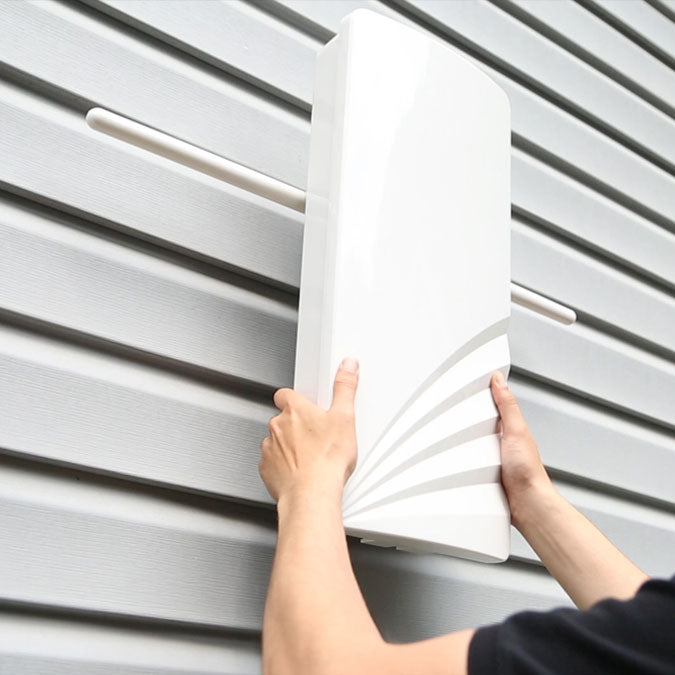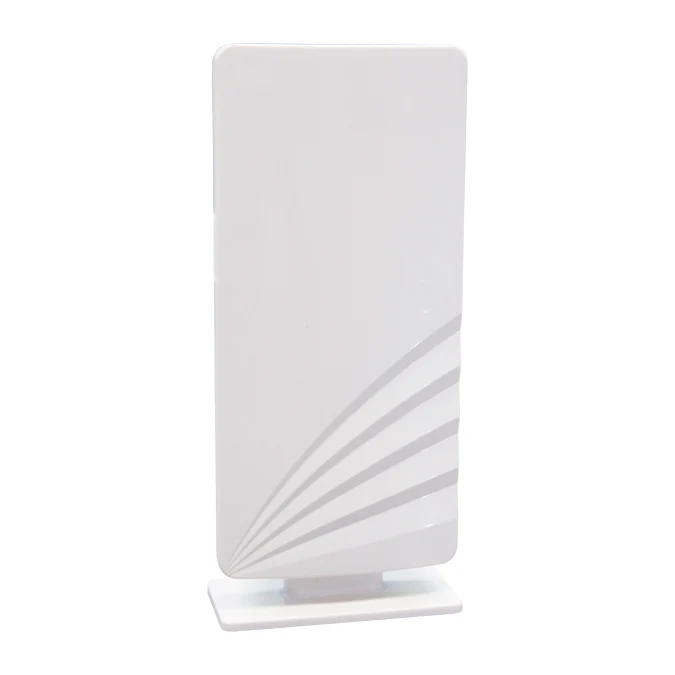HD free antennas offer an incredible way to access high-definition channels without paying for cable subscriptions. With more people seeking cost-effective ways to watch television, these antennas provide excellent picture quality and free access to many popular channels. This guide will take you through the benefits, types, installation process, and troubleshooting tips to maximize your HD free antenna experience.
Understanding the Basics of HD Free Antennas
An HD free antenna is designed to receive high-definition broadcast signals from local TV stations. Unlike traditional antennas, HD antennas offer superior clarity and reception, capturing uncompressed HD signals for a vibrant viewing experience. They work by picking up UHF and VHF signals from broadcasting towers and delivering them straight to your TV, with no monthly fees required.
How HD Free Antennas Work to Deliver Channels
HD free antennas pick up over-the-air (OTA) signals transmitted by local broadcasting stations. These signals are typically UHF (ultra-high frequency) or VHF (very high frequency). Once the antenna captures the signal, it passes it through a coaxial cable to your TV. Most HD antennas can capture channels within a 30 to 100-mile range, depending on their type and installation.
Benefits of Using an HD Free Antenna Over Cable
An HD free antenna provides a fantastic alternative to cable, offering access to local channels in HD quality without monthly fees. You’ll enjoy shows, news, sports, and special broadcasts with uncompressed audio and video. Not only does this reduce your entertainment costs, but it also lets you watch broadcast content unavailable on many streaming platforms.
Different Types of HD Free Antennas Explained
There are various HD free antenna types available, including indoor, outdoor, and amplified models. Indoor antennas are compact and ideal for urban dwellers close to broadcasting towers. Outdoor antennas offer broader coverage and are mounted outside for stronger signals. Amplified antennas include built-in signal boosters, allowing them to capture weaker signals over long distances.
Choosing the Right HD Free Antenna for Your Needs
Selecting the right HD free antenna depends on factors such as location, signal strength, and desired channels. If you live in an area with a strong signal, an indoor antenna may suffice. Rural areas or homes far from broadcasting towers may require an amplified outdoor antenna. Consider your viewing preferences, surrounding obstructions, and available space before making a choice.
How to Install an HD Free Antenna for Best Reception
Installing an HD free antenna properly is crucial for optimal performance. For indoor antennas, position them near windows, ideally facing the direction of local broadcast towers. Outdoor antennas should be mounted on rooftops or high poles for better line-of-sight to towers. Avoid obstacles like thick walls, trees, or metal surfaces that could block signals and reduce reception quality.
Tips for Optimizing HD Free Antenna Signal Strength
Improving signal strength for HD free antennas may involve repositioning the antenna, upgrading to an amplified model, or adding an antenna amplifier. Place the antenna high, avoid obstructions, and aim it toward the nearest broadcast tower. You can also use a signal booster to enhance weak signals, especially if you live far from broadcasting stations.
Common Issues with HD Free Antennas and Solutions
Despite their efficiency, HD free antennas can experience reception problems. Common issues include signal loss, pixelation, and poor reception during bad weather. Repositioning the antenna, removing obstructions, or using an amplifier can often resolve these problems. For outdoor antennas, check for damage or loose cables that may affect performance.
How Weather Affects HD Free Antenna Reception
Bad weather can disrupt HD antenna reception, especially during heavy rain, snow, or storms. Weather-related signal disruptions are often due to water in the air interfering with the signal. If you experience poor reception during such conditions, try waiting it out or moving your antenna. Outdoor antennas can be protected with waterproofing to minimize such disruptions.
Differences Between HD Free Antennas and Digital Antennas
Though often used interchangeably, HD and digital antennas have distinct functions. HD antennas capture high-definition signals, delivering clearer images for HD-compatible TVs. Digital antennas receive both HD and standard-definition digital signals. Understanding these differences can help you choose an antenna that meets your specific viewing needs, especially if HD quality is a priority.
Maintenance Tips for Extending Antenna Lifespan
Proper maintenance of your HD free antenna ensures long-term performance and signal quality. For outdoor antennas, regular cleaning and checks for weather damage are essential. Ensure connections are tight and cables intact. Indoor antennas should be kept dust-free and positioned correctly. Periodic maintenance can prevent issues and improve reception over time.
Benefits of Pairing HD Free Antennas with DVR Systems
Pairing an HD free antenna with a DVR (digital video recorder) lets you record live TV and watch shows at your convenience. Many DVR systems allow you to schedule recordings, pause live TV, and even skip commercials. With this setup, you can enjoy a more flexible and personalized viewing experience, transforming your antenna setup into a powerful entertainment system.
How to Troubleshoot Poor Reception on HD Free Antennas
Poor reception with an HD free antenna can often be resolved by simple troubleshooting steps. Start by repositioning the antenna, checking for nearby obstructions, and adjusting its angle toward the broadcast towers. If issues persist, use an amplifier or try a higher-gain antenna. These steps can often resolve weak signals, enhancing your channel lineup and picture quality.
What Channels Can I Receive with an HD Free Antenna?
The channels you receive depend on your location and the strength of the broadcasting signals nearby. Most users can access major networks like ABC, CBS, NBC, FOX, PBS, and more. In larger cities, HD antennas often capture additional local, cultural, and educational channels. Checking a TV signal guide can help you estimate the channels available in your area.
Can I Use Multiple HD Free Antennas for Better Reception?
Using multiple HD free antennas is possible but requires a signal combiner. This method can improve reception by targeting various broadcasting towers. However, it may also introduce interference. To implement this setup successfully, ensure antennas are aimed at different stations and use high-quality coaxial cables for signal clarity.
Will HD Free Antennas Work with Older Television Models?
HD free antennas work with most modern TVs but may require a digital converter box for older models. Most televisions manufactured before 2007 lack built-in digital tuners, meaning they need this additional device to process digital signals from the antenna. Once connected, your older TV can receive HD channels without any subscription fees.
HD free antennas provide a cost-effective way to access high-definition local channels, allowing viewers to enjoy clear, uncompressed TV. With proper setup and maintenance, these antennas can deliver a satisfying viewing experience without ongoing costs.



